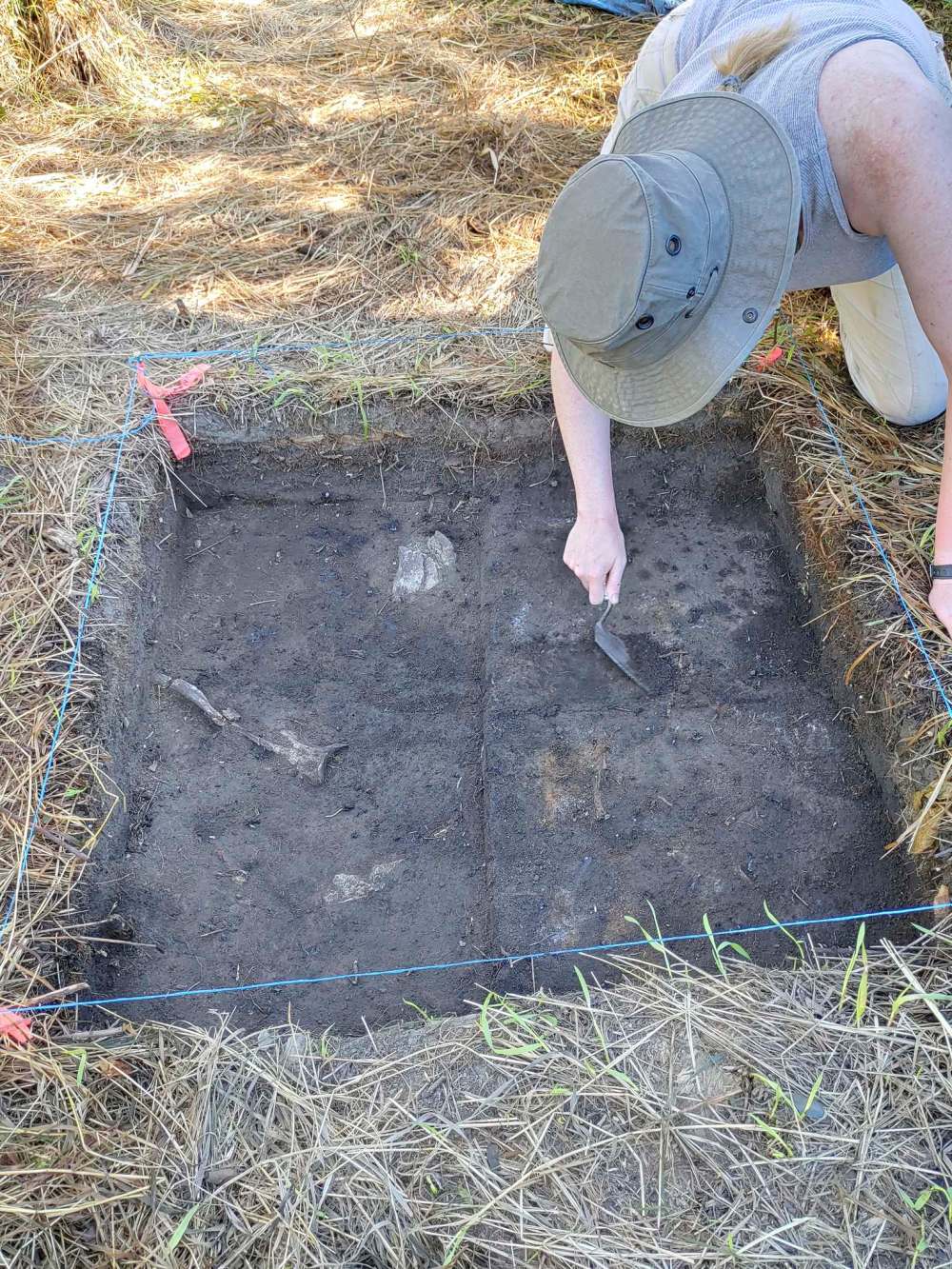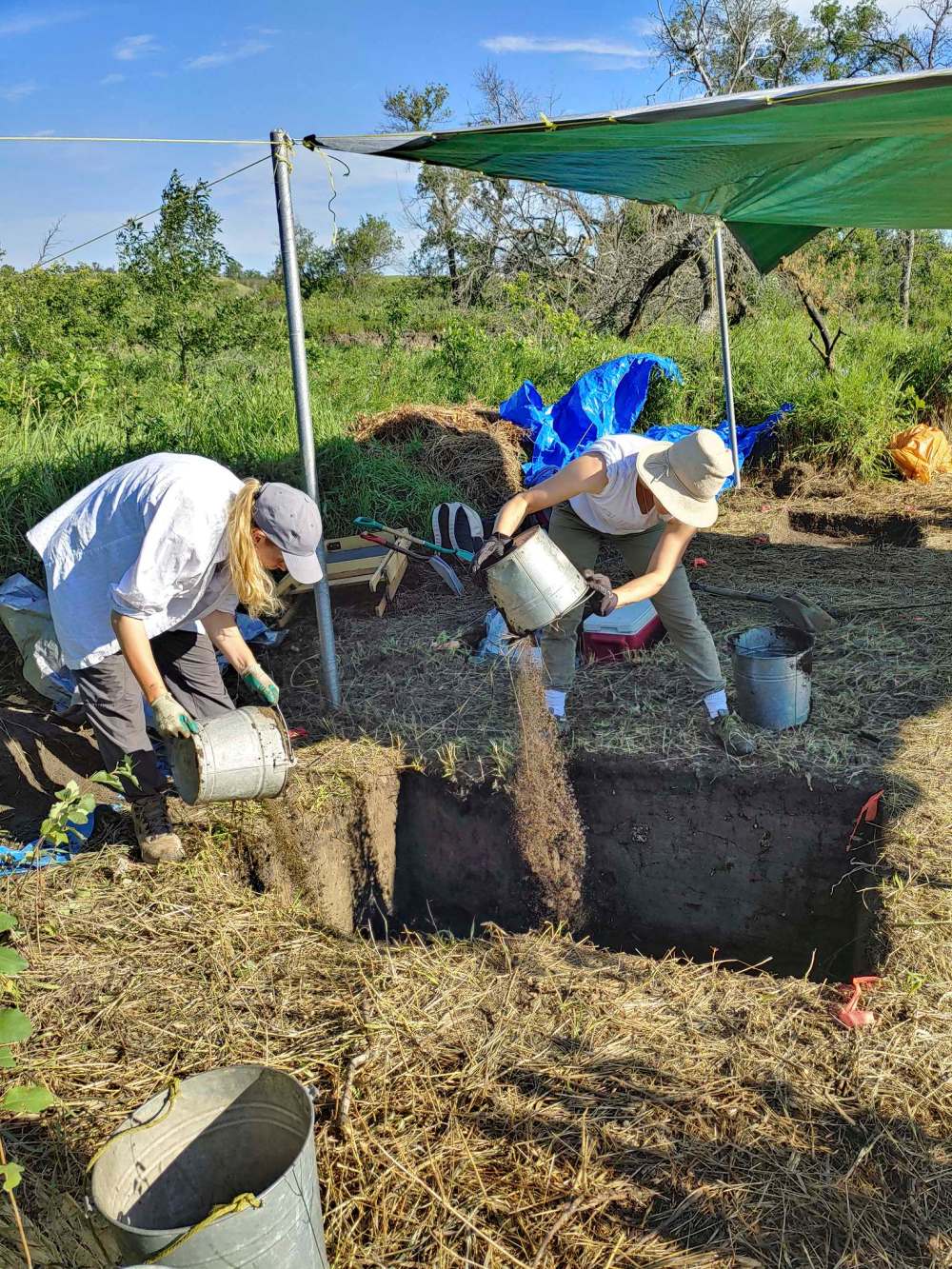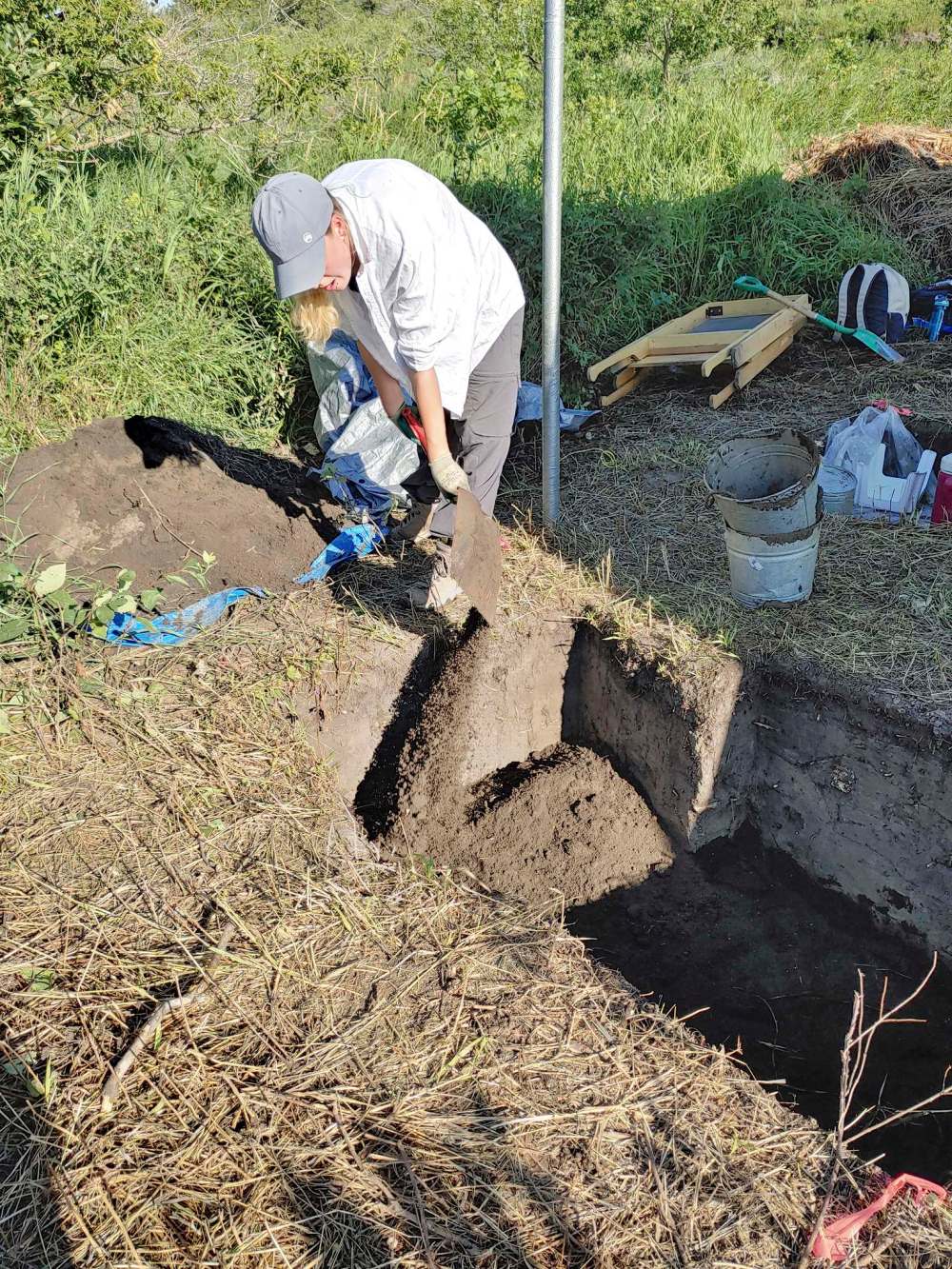Archaeologists discover Indigenous hearth
Advertisement
Read this article for free:
or
Already have an account? Log in here »
We need your support!
Local journalism needs your support!
As we navigate through unprecedented times, our journalists are working harder than ever to bring you the latest local updates to keep you safe and informed.
Now, more than ever, we need your support.
Starting at $15.99 plus taxes every four weeks you can access your Brandon Sun online and full access to all content as it appears on our website.
Subscribe Nowor call circulation directly at (204) 727-0527.
Your pledge helps to ensure we provide the news that matters most to your community!
To continue reading, please subscribe:
Add Brandon Sun access to your Free Press subscription for only an additional
$1 for the first 4 weeks*
*Your next subscription payment will increase by $1.00 and you will be charged $20.00 plus GST for four weeks. After four weeks, your payment will increase to $24.00 plus GST every four weeks.
Read unlimited articles for free today:
or
Already have an account? Log in here »
Hey there, time traveller!
This article was published 25/07/2020 (1923 days ago), so information in it may no longer be current.
The team working on an archaeological dig 15 kilometres south of Melita found an intact hearth this past week.
On July 18, The Brandon Sun reported on a second season of work on the site where, in 2018, Erik Olson found modified bison scapulae, which were used as hoes and might lead to knowledge about a pre-contact agrarian Indigenous society in southwestern Manitoba from the late 1400s to the 1600s or 1700s.
A hearth is the focal point of activities, and other material remains are usually found around such a feature because people like to gather around the hearth and do work, said Brandon University anthropology professor Dr. Mary Malainey, who is leading the dig.

“That means somebody built a fire, and it looks like a fairly substantial fire,” Malainey said.
The location, south of where a hoe was found, also yielded a “bone feature.”
“There are some upright bones – the upper leg bone, a bison femur, sitting almost vertical — and a bison scapula sitting right next to it,” Malainey said.
When the Sun spoke with Malainey Friday, she said the team would be exploring that area for more material remains.
“We’re going to get soil samples, and we’re going to try and get a better understanding of what was going on,” she said.
“Everything we found in that area is consistent with a bone-tool workshop. We believe that’s what’s going on here. They’re making bone tools. Twenty metres to the south, we found an area where there’s a whole bunch of small flakes.”
Malainey said that’s what you get when someone sharpens their tools.
The team is opening up more units near these finds.
Because of COVID-19, Malainey is spacing units — a small square or rectangular area of exploration — further apart than she normally would be, to keep everyone at a distance from each other. Wearing a mask in the heat when you’re doing hard work all day is less than optimal, she added.
Units are a part of an overall grid archaeologists impose on a site.
“We have to know where the material was collected. That helps us put together an accurate picture of what happened in the past,” Malainey said.

“We have reams of paperwork and photographs. This is our one chance to interpret the pre-contact activities correctly. We have to make sure we collect all the information required to do that.”
Malainey said the results of survey work Clear View Scanning’s Kyle Rempel is doing with ground-penetrating radar is going much better than expected. Rempel was able to cover a lot of ground, and that will help understand if people were living in the prairie areas west of Gainsborough Creek, a tributary of the Souris River. There is also prairie on the other side of the highway on the east side of the creek.
So far, the team has been digging in the valley where the bison-scapula hoes were found.
“But we know from ethnographic and archaeological evidence a lot of Indigenous farming communities would spend their summers up on top at the prairie level and not in the valley,” Malainey said.
“They would go down to the valley in the winter, because that’s where all the trees are.”
Malainey is thrilled with the reception the project has received from area First Nations.
After the July 15 blessing with Greg Chatkana, Chicago Demas and Sheree Blacksmith from Canupawakpa, a pipe ceremony was held last Saturday with Chief Eric Pashe, Elder Linda Nadon and Darryl Taylor from Dakota Tipi First Nation.
“We are digging up the archaeological (material) remains of Indigenous people prior to European contact. It is their history. It’s not ours. We are very aware of that,” Malainey said.
“We are sensitive to the fact that in the past, Indigenous perspectives were ignored. There was no consultation. This area of Manitoba is particularly sensitive because there are so many burial mounds, and we want to make sure that all the First Nation communities in the area know what we’re doing and know that we are very careful, that we want to interpret the history of their ancestors properly.”
Malainey said if the team is in a situation where they might be in a sensitive area, it will stop and consult with the First Nations.
Malainey is also thrilled that roughly 80 people made it out to visit the site last weekend.

“It was pouring rain, and we had people lined up to go visit the site,” she said.
“I was just completely floored. It was amazing.”
Malainey said it’s important for members of the public to see the significance of the site, where there is strong indication of Indigenous cultivation.
“I want people in southwest Manitoba to value that.”
Site visits for the public are taking place again today and Sunday at 10 a.m. and noon. Those who are interested are invited to meet the researchers in the grassy plain west of Highway 83, approximately 500 metres north of the junction with 10N. Physical distancing will be observed.
» mletourneau@brandonsun.com
» Michele LeTourneau covers Indigenous matters for The Brandon Sun under the Local Journalism Initiative, a federally funded program that supports the creation of original civic journalism.
